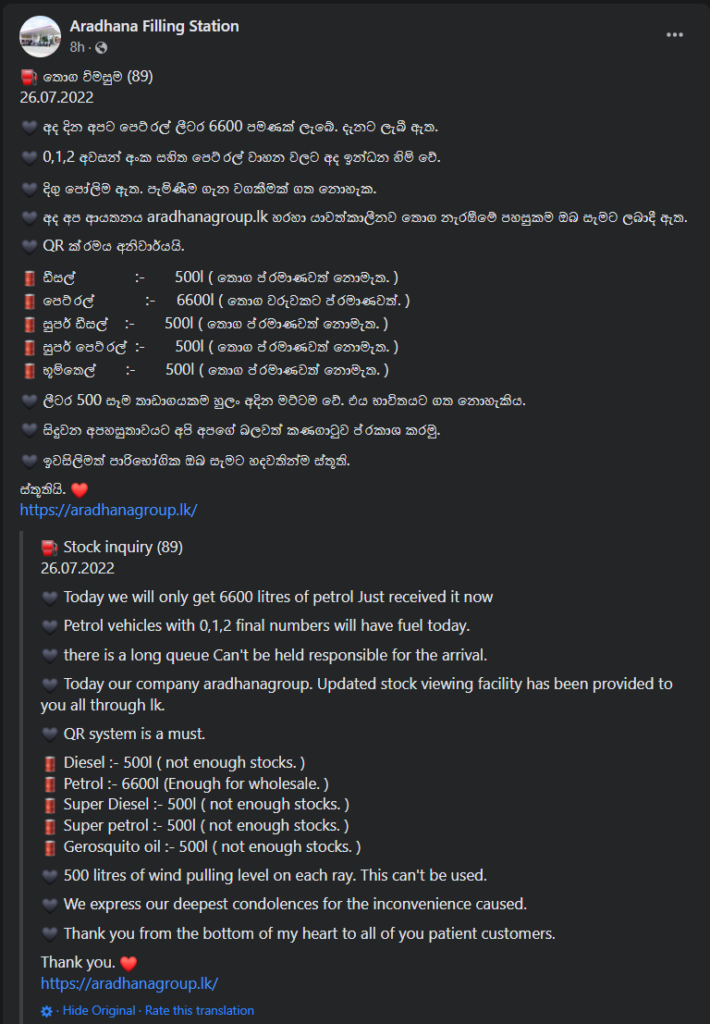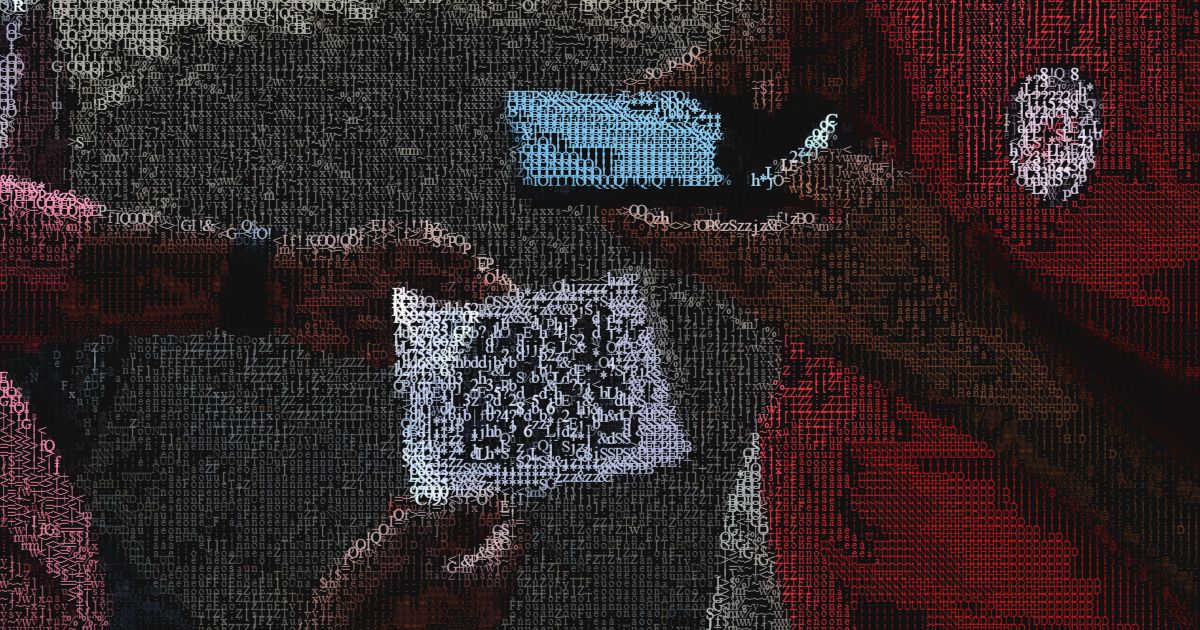Last week, the Ministry of Power and Energy, along with the ICTA launched its QR-based National Fuel Pass system as a means to mitigate the current fuel crisis. At the time of writing, over 4 million vehicles have managed to get registered. Though actual implementation of the QR system hasn’t been the smoothest experience for some. Amidst all this, one fuel station in Galle has sought to take things in a different direction.
While the QR system allocates a fuel quota for each vehicle, it only solves a part of the problem. Another issue comes down to the supply itself, specifically the lack of communication about incoming fuel supply to certain filling stations and the availability of current stocks. This means that the queueing situation won’t ease anytime soon and in such a situation, utilizing the QR system becomes challenging.
Tackling the fuel crisis, the Aradhana way
The Aradhana Filling Station in Galle has implemented a solution that aims to work around most of these issues. The station has its own facebook page which it uses to update customers about incoming fuel supplies along with the available quantities.

Aradhana Filling Station also has an active webpage that updates currently available fuel stocks so that vehicle owners would know if it’s worth making the trip. Taking things further, Aradhana has stated that it will live stream the vehicle situation at its station. The live feed is supposed to offer 360 view, which means users would be able to check specific details as vehicles queue up.
But what about the QR system? As of now, the system has been made compulsory at the station. But Aradhana has mentioned anyone facing issues with registration can ask for assistance from the deployed Youth Service Council representatives at the location.
Should authorities step up?
But this isn’t the first time communities took upon themselves to mitigate the fuel crisis. Prior to the QR-based system, filling stations in Vavuniya started using an app to handle their queues and the overall fuel supply situation. Developed by Panchaligum Thusidharan, an official at the Vavuniya District Secretariat, the app will register all the necessary details of a vehicle during a customer’s first visit. Afterward, whenever someone visits a filling station in the Vavuniya district the system will be able to tell the last date of refueling, capacity, and other related data.
Usecases like these emulate that fuel solution implementations, at least a temporary one, aren’t rocket science. While it’s true, one can only go so far without the core fuel issue being addressed. But solving the communication gap alone can ease the burden on the individual significantly, as the solutions from Aradhana Filling Station and Vavuniya District goes to show.
On the other hand, introducing a new system in a matter of days islandwide is bound to come up with problems. A large part of it is unfortunately at the expense of the consumer. Time will tell if the QR-based system will offer a smooth experience to every citizen equally. However, considering the history of national-level digital projects in Sri Lanka, the odds aren’t in their favor, even at the best of times.







GIPHY App Key not set. Please check settings